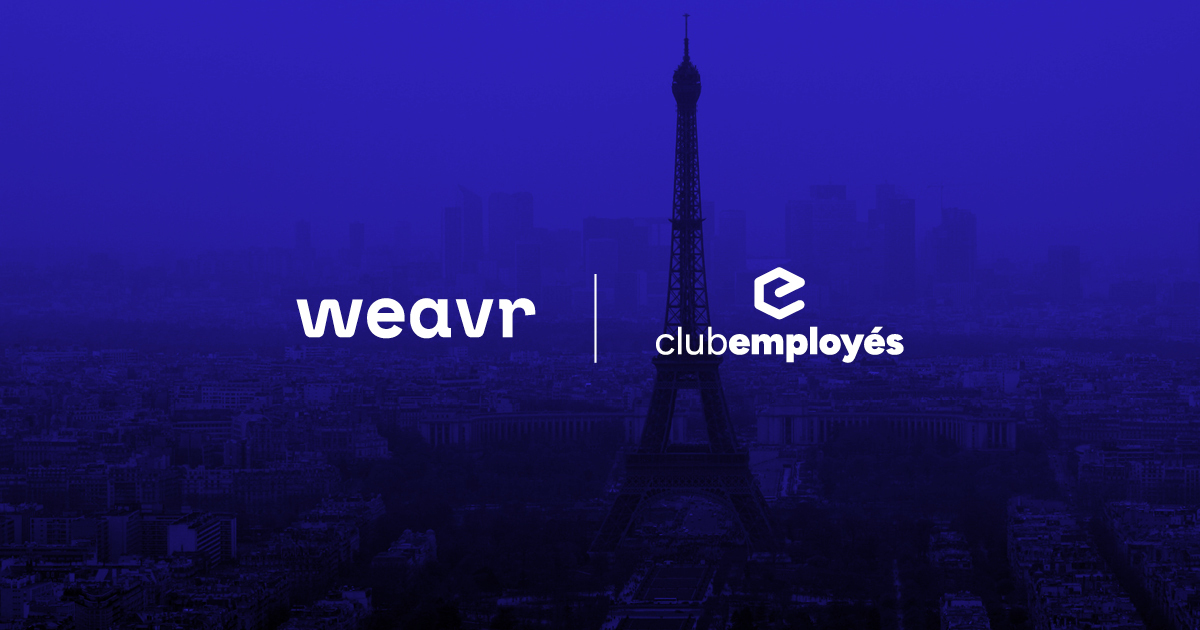No one likes to buy financial services. There’s no consumer thrill involved when you take out insurance or open a new checking account. And even if you dress it up in Fintech, it’s still got the same personality – it just looks better and you don’t have to interact with it as long.
While the end of banking has been debated back and forth for a few years, there’s still uncertainty around what will happen when banking vanishes from sight. When it’s not a service you seek out but a service that sidles up to you, without you noticing.
When people are searching for a house on Zoopla and can get their mortgage without putting down their device, without even leaving the app, then finance has become something new. Banking doesn’t become quicker and easier, it becomes invisible. Which opens up another world of opportunity.
Banking becomes what you consume
When finance is embedded in marketplaces and services, in benefits packages and membership perks, invisible banking can be activated with a single touch. This is a powerful factor when many people now abandon purchases if they have to fetch their wallet.
UX design is often held back by account creation and purchasing options. According to Barilliance, online shopping cart abandonment rate is now at a staggering 80.79%. Baymard report that 28% of users will stop at checkout because they have to create an account, while a further 21% will abandon checkout because the process is too long or complicated.
But when banking is invisibly woven through the design, it doesn’t just increase conversion rates, it creates the possibility for new experiences. It means you can be automatically rewarded with free parking when you shop with a particular brand. Or you can roll out entire training courses that give employees control of their own development.
The next generation of trust
Up until 2008 banks were one of the most trusted parts of society. Even today, the old adage that you’re more likely to leave your spouse than your bank largely holds up, at least among older demographics.
But despite their monopoly on trust, banks failed to monetise it effectively. They have not been able to leverage digital identities and trust in the same way that phones have.
Our phones already inform us about so much of our life right now. While reservations exist, many people are content for their phones to measure their sleep, their exercise, their daily activity – so that the device can better adapt to the users needs.
If it can help us do anything more efficiently, we’re largely happy to throw our data around too. According to Gigya, 88% of people in the US now create accounts for apps and software using social logins like Facebook and Twitter.
There is an element of generational divide at play here. Just as 51% of youth and mass-market customers say they trust fintech about the same as they trust banks, it tends to be the younger generation who are allowing apps to access their data more freely. But it is becoming more widespread. And invisible banking is riding upon this new wave of trust.
Backed up by PSD2 regulations and aided by biometrics like readable thumbprints and face scans, users are feeling more and more safe and comfortable wielding their phones’ emerging financial abilities. If invisible banking offers them extra value while they’re trying out a new app, hiring a car or browsing a new fashion line, they’re unlikely to bat an eye.
The new way to pay
As the financial industry grapples with how to engage the underbanked and unbanked, it will be interesting to see how embedded and invisible banking plays a part.
Where there is little or no traditional banking infrastructure, it doesn’t make sense to build the old rails. People can just do it the new way. Companies like Monese and Leapfrog are already making a splash in these previously ignored locations. The prediction is that the unbanked global mobile payment market will reach $421B by 2026.
Likewise the underbanked, who face barriers to traditional banking in developed countries, are freed up a little through the new wave of financial innovation. A banking account that is tied to a brand is safer than a general spending account – and traditional credit problems aren’t so much of a barrier.
Embedded finance isn’t the solution for the underbanked or unbanked in itself, but entrepreneurs can leverage embedded finance to create their own answers for the traditionally excluded. The possibilities for social enterprise are expanding – and their limits are far from discovered. And if you have an idea, we’re ready to weave together what you need to bring an invisible bank to your customers.
Interested in becoming a financially integrated digital business? To our knowledge, Weavr is the only company offering an API-first bank account for businesses, along with easy to use tools to integrate finance with digital applications. We make the process easier, more affordable and faster than any other embedded finance solution. Get in touch with us to discover just how quickly you could be generating revenue and going to market.




